Today, walkers from many different countries follow the Camino de Santiago for spiritual, personal, or cultural reasons. Yet few realise how much they owe to one man—Don Elías Valiña Sampedro. His work helped shape the Camino we know today. The famous yellow arrows that guide thousands of pilgrims to Santiago de Compostela were part of his vision. More than simple markers, they are symbols of connection, hope, and revival. In truth, we may owe him more than just those helpful signs. We likely owe him the very survival of the Camino itself.
The Legacy of Don Elías
Don Elías was a humble parish priest from the small Galician village of O Cebreiro. He loved the Camino deeply and believed in its power to bring people together across borders and beliefs. During the early 1980s, the Camino had almost disappeared from popular memory. Paths were overgrown, signs were missing, and only a few pilgrims walked each year.
Determined to bring it back to life, Don Elías took action. He travelled the ancient routes and began marking them with yellow arrows—clear, simple, and visible. He painted arrows on trees, rocks, road signs, walls, and buildings. Wherever he thought a pilgrim might get lost, he left a guiding sign.
People were often confused by his work. When questioned by police about the markings, he famously replied, “I’m planning an invasion.” Of course, he meant an invasion of pilgrims—people returning to walk the ancient route in peace.
Though Don Elías died in 1989, his dream became reality. Today, thousands follow the yellow arrows every year, guided by the markings he created with such care.
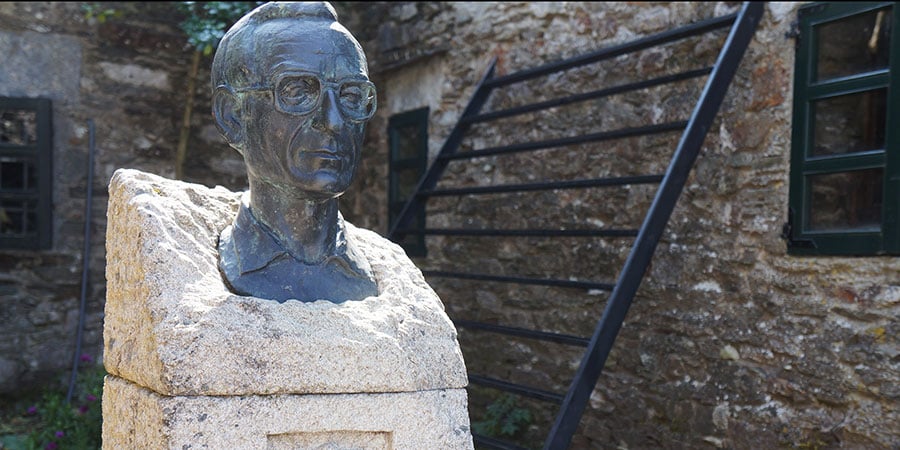
A Simple Yet Powerful Symbol
Along with the scallop shell, the yellow arrow has become one of the most trusted symbols of the Camino. It appears in cities, fields, forests, and villages—pointing the way from all directions. You will spot it on pavement, trees, lampposts, and fences. Always present, always guiding, it makes navigation easy and comforting.
Most pilgrims rely entirely on these arrows to find their way. Maps and guidebooks help, but the arrows lead the journey. There is comfort in seeing a yellow arrow just when you need one. It’s a reminder that others have walked before you, and more will follow after.
A Journey Shared by Many
One of the beautiful things about the Camino is the diversity of those who walk it. Pilgrims come from all over the world and from all walks of life. Some walk for faith, some for healing, others simply for the experience. Yet all share the same path, marked by the same yellow arrows.
It’s likely Don Elías would be proud to see this today. His arrows now guide thousands each year across borders, through cultures, and into a shared experience. Though he did not live to see this success, his legacy lives on in each step taken. Every arrow painted today echoes his original idea and devotion.
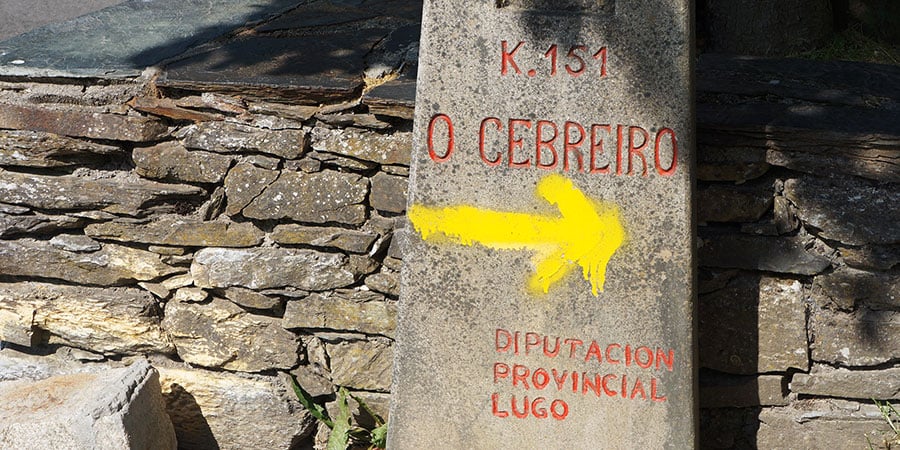
The Camino Continues
The Camino de Santiago is now one of the most well-known pilgrimages in the world. And yet, at its heart, it remains simple and welcoming. Walkers from every background are drawn to the path. And all they need to do is follow the yellow arrows.
Whether your journey lasts a few days or many weeks, the path is clear. The yellow arrows will guide you to Santiago, one step at a time. So when you spot the next yellow arrow, pause and give thanks. Without Don Elías, the Camino may have been forgotten. Instead, it thrives—thanks to one man’s vision and the power of a painted arrow.
For more information about the Camino de Santiago routes or to book your Camino trip, contact our travel specialists.
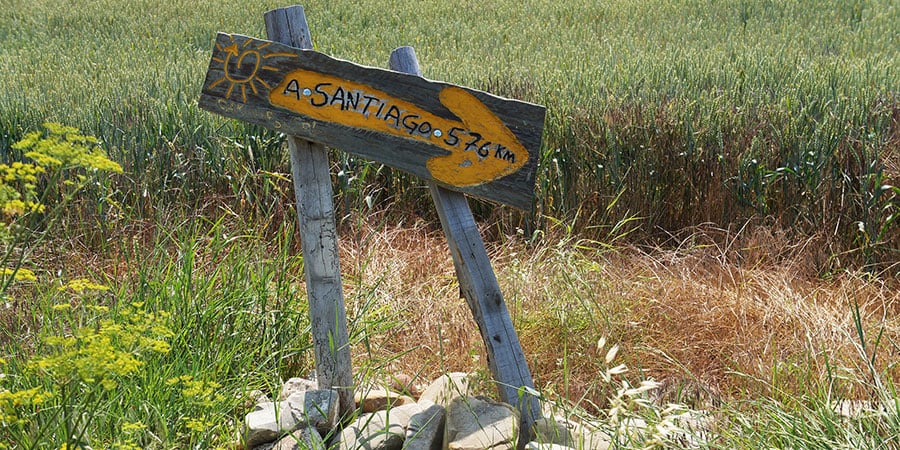
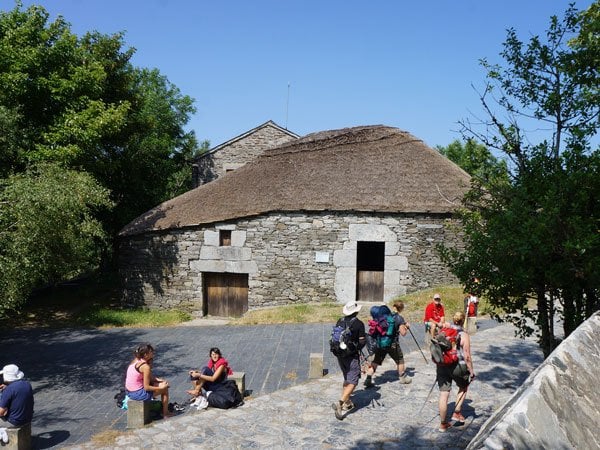

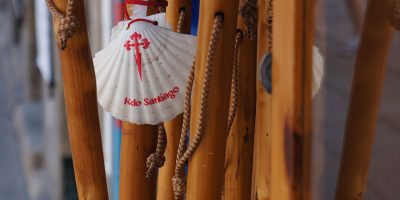


Don Elias was truly a visionary. I seem to recall that his comment “preparing for an invasion” was not very popular with Franco and his Guardia Civil who saw him as a spy, and initially put him in gaol.